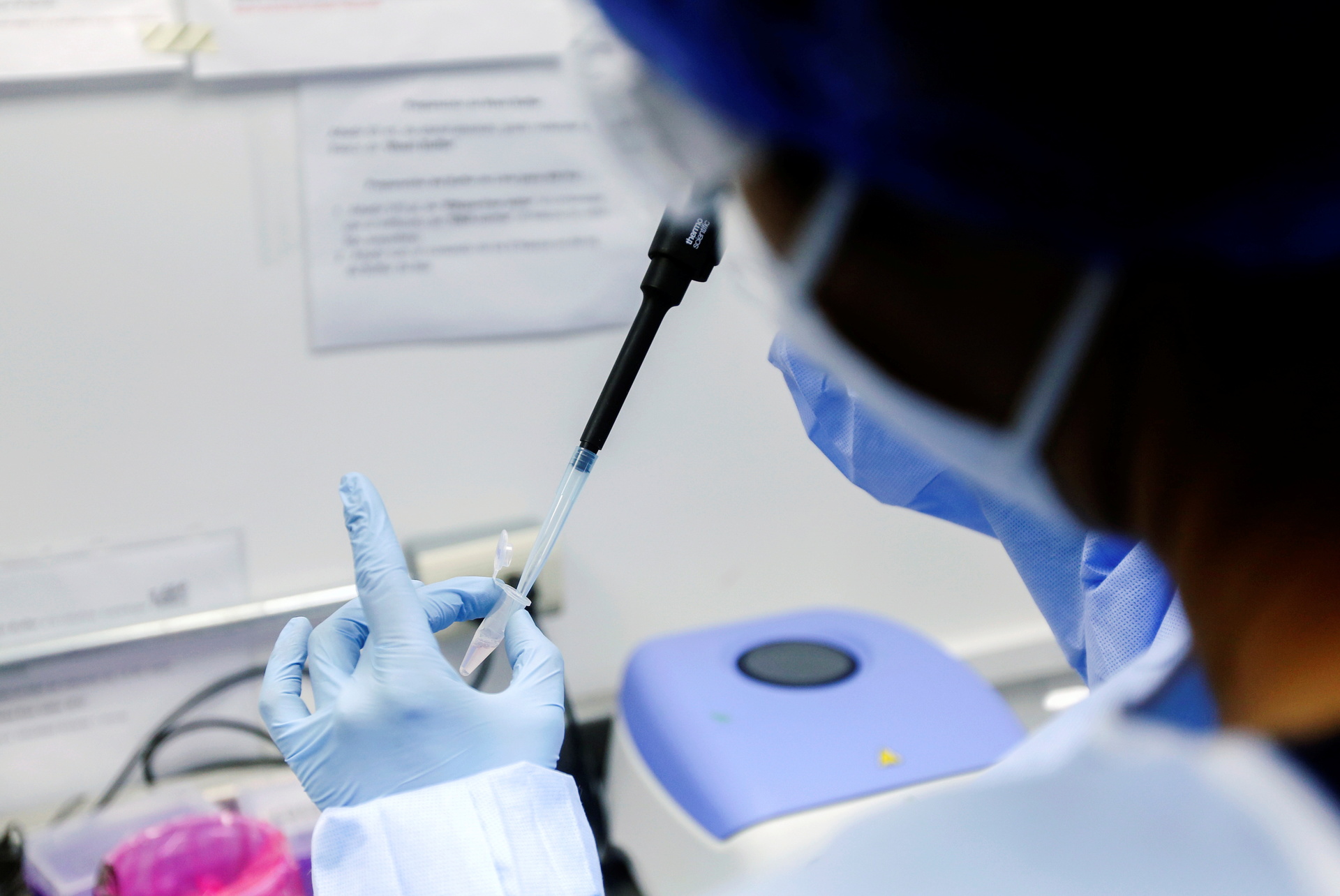On Friday, November 26, trading on the Moscow Exchange was accompanied by a weakening of the Russian currency.
In the middle of the day, the dollar rate rose by 1.7% - up to 75.92 rubles.
The last time a similar value could be observed on April 22.
At the same time, the euro rate grew by 2.2% and for the first time since September 24 reached 85.56 rubles.
The official exchange rate of the Central Bank on November 27 was set at 75.59 rubles per dollar and 84.95 rubles per euro.
The pressure on the Russian currency was exerted by a sharp decline in oil prices, analysts say.
During Friday's trading, the price of raw materials of the reference grade Brent on the ICE exchange in London fell by almost 7% - to $ 76.47 per barrel.
The indicator became the lowest in the last two months.
“Today's collapse in oil prices is directly related to a new strain of coronavirus identified in South African countries.
Investors fear that in this regard, new lockdowns will arise in different states, air traffic will be limited or even closed somewhere, and global oil demand may fall, "the deputy head of the Alpari information and analytical center explained in a conversation with RT. Natalia Milchakova.
Note that on Friday, the World Health Organization (WHO) is going to hold an emergency meeting in connection with the discovery of a new strain of COVID-19.
The WHO said that they do not yet have sufficient information about the new variant of the coronavirus, but at the same time they know that it has "many mutations."
RIA Novosti writes about this with reference to the head of the technical group of the department of emergency diseases of the organization, Maria Van Kerkhove.
Reuters
© Fernando Carranza
According to Natalya Milchakova, support for oil prices can be provided by the actions of the countries participating in the OPEC + deal.
The expert did not rule out that at the meeting on December 2, the oil-producing states would take into account the emergence of a new strain of COVID-19 and adjust the parameters of raw material extraction.
This, in turn, will allow maintaining the balance of demand and supply of oil on the world market and keeping the price of a barrel in the range of $ 70-82, the analyst is sure.
Geopolitical factors also continue to influence the dynamics of the ruble.
Andrey Maslov, an analyst at FG Finam, spoke about this in an interview with RT.
According to him, many investors were alarmed by previously published reports in the Western media about the allegedly impending Russian invasion of Ukraine.
As a result, uncertainty arose on the market, and players began to actively sell off ruble assets.
“However, in our opinion, fears about the escalation of the conflict in Ukraine do not look justified, given that every time Russian troops move close to the borders of Ukraine, the US and EU express concern.
We are confident that there is no need to talk about any full-scale “invasion of Russian troops” into the territory of a neighboring state, ”Maslov said.
As Mikhail Zeltser, an expert on the stock market BCS World of Investments, suggested in an interview with RT, in the near future, exchange rates will continue to remain near 76 rubles per dollar and 85 rubles per euro.
Meanwhile, after stabilization of the situation on the markets, the values may drop to 74.5 and 84 rubles, respectively.
“The actions of the Central Bank should become an important factor in supporting the ruble.
The tightening of monetary policy by the Central Bank a priori plays in favor of the national currency, but now this factor has temporarily faded against the background of global market turbulence, ”Zeltser said.
As part of the fight against inflation, the Bank of Russia has steadily increased its key rate since the beginning of 2021, and during this time has raised it from 4.25% to 7.5% per annum.
In addition to restraining consumer prices, the regulator's policy makes investing in ruble-denominated assets more attractive to investors.
So, due to the increase in the interest rate, the yield of federal loan bonds (OFZ) increases.
As a result, an additional inflow of investments into the OFZ market should have a positive effect on the dynamics of the national currency, analysts say.
“The key event for the ruble may be the decision of the Bank of Russia on the key rate, which will be announced on December 17.
We have no doubt that the rate will be increased and, most likely, will reach 8% per annum.
Moreover, by this time, oil prices may already resume growth, which will also support the national currency, "Natalya Milchakova emphasized.
In her opinion, in the next month the dollar exchange rate will be in the range of 72-77 rubles, and the euro rate - in the region of 82-87 rubles.
At the same time, according to Andrey Maslov, by the end of the year the rates may fluctuate in narrower ranges.
We are talking about the levels of 71.5-74 rubles per dollar and 80-84 rubles per euro, the analyst predicts.

